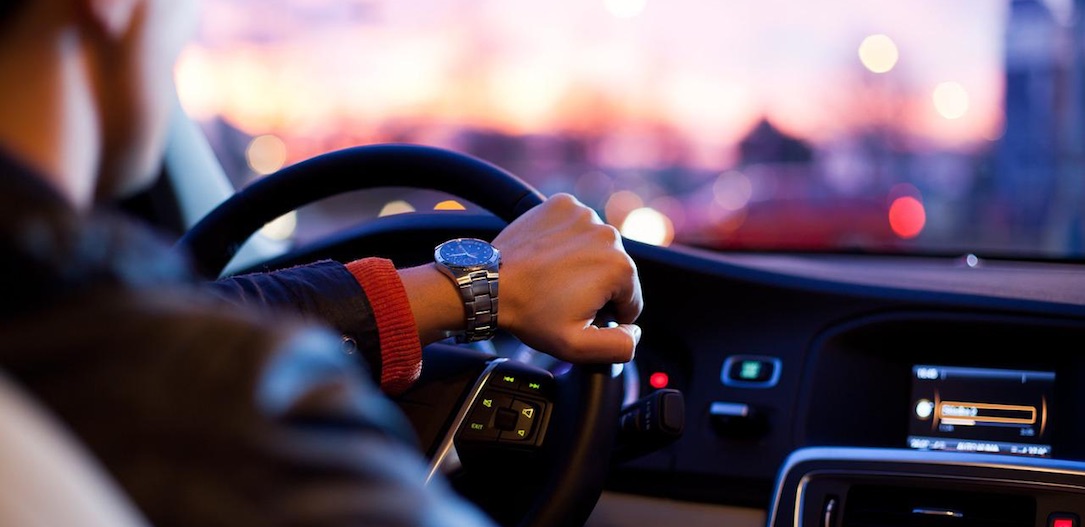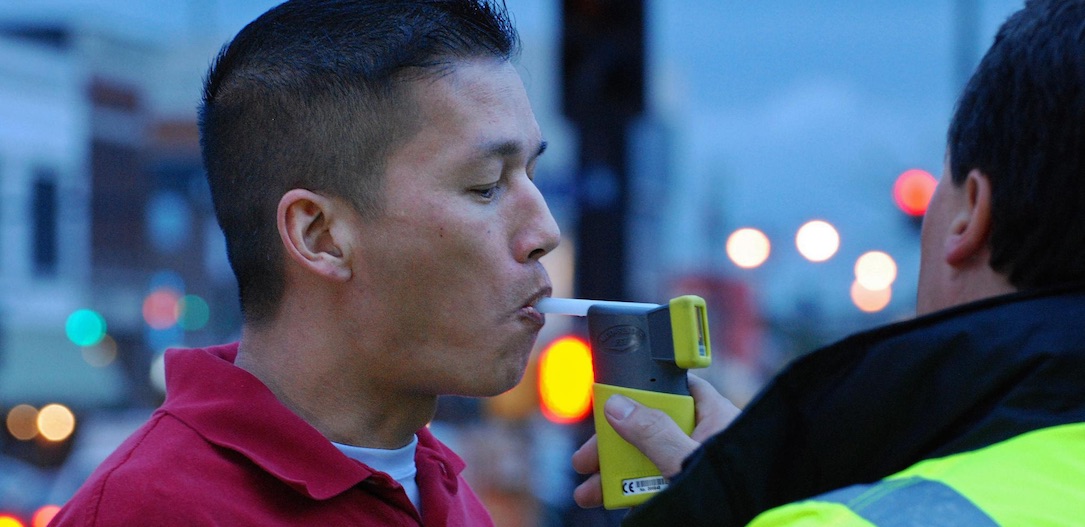- The legalisation wave that is sweeping across the world is sparking many parallel discussions, among which cannabis and driving.
- While cannabis is not listed as a major risk factor for accidents, some studies suggest that many drivers are unaware of the dangers of cannabis impaired driving.
- Further, there is no clear scientific consensus on which THC levels are save for driving or on the best way to detect the substance.

In the last few years, significant progress has been made in the normalisation of cannabis use throughout the world, both for medical and for recreational purposes. But together with legalisation, there is a whole range of other issues that need to be addressed, one of which is definitely road safety. The lack of information and consensus has prompted the authorities of certain regions to come down on the driving cannabis community without scientific basis, but it has also resulted in many drivers getting behind the wheel under the influence of cannabis without assessing the risks.
Some studies suggest that car crashes have increased following cannabis legalisation, but remain unclear on the link between both phenomena. Moreover, current cannabis tests can test positive several hours and even days after last use, but of course this does not necessarily mean the user is still under the influence of THC. As you can see, many questions are still in limbo. How much cannabis is too much for driving? How can the authorities detect doped drivers? Is driving under the influence of cannabis as dangerous as drink driving?
The real dangers of cannabis at the wheel
Last autumn, the science journal Plos One published a study on "Cannabis, alcohol and fatal road accidents" that analysed police procedures for fatal accidents in France involving over 4,000 drivers. According to the figures provided, "drivers under the influence of alcohol are 17.8 times more likely to be responsible for a fatal accident," whereas "drivers under the influence of cannabis multiply their risk of being responsible for causing a fatal accident by 1.65."

The study clearly shows that in France, the country with the highest number of cannabis users in Europe, alcohol is still one of the major issues affecting road safety, as 28% of fatalities could be prevented if only all drivers respected the legal alcohol limit, as opposed to just 4% for cannabis. In this regard, the report helps us understand how the link between cannabis and road accidents is hardly relevant when compared to alcohol - according to the study, drunk driving is eleven times more dangerous than stoned driving.
As a result, many cannabis users believe that driving under the influence of cannabis is risk-free. On this point, a survey by Health Canada has raised the alarm with the Canadian authorities only a few months before the country legalises recreational cannabis, as just half of the respondents that reported using cannabis in the last year considered cannabis use affects driving. 24% responded it depends and 19% responded it does not affect driving at all.
Also, 40% of respondents who reported using cannabis in the last year drove under the influence of cannabis in their lifetime, a matter of concern in a country that is in the midst of legalising cannabis use, as it denotes lack of awareness. Other countries in the same situation have opted for punitive measures with increased controls and fines, but considering the partial reliability of testing methods, such an approach is not only ineffective but also highly unfair to the cannabis community.

In an effort to address the lack of awareness among cannabis users, the Canadian Executive is investing in public education campaigns, and has announced announced an investment of $46 million over the next five years to be spent on an education and surveillance program. Definitely, Canada is positioning itself at the forefront of progressive policies, safeguarding the interests of the cannabis community.
How much cannabis is too much for driving and how to detect it
Cannabis detection tests are the most controversial aspect of the cannabis-road safety debate, as there is a tendency to put them on the same level as alcohol test even if both substances have little to do with one another. To name just one example, while the blood alcohol limit has been clearly defined, no standards have been set for marijuana. After drinking a glass of wine, the alcohol reaches the bloodstream and the brain simultaneously, and leaves both of them at once as the effect fades out.
Cannabis, however, works in a completely different way: it can remain in the blood for days, even weeks after use, but this does not necessarily mean the user's brain is under the influence of the substance. Besides, THC, affects people very differently, blood tests being thus of little value in detecting cannabis impaired driving.
It is a fact, though, that cannabis affects most people's driving perception and skills, particularly 20 to 40 minutes after use. This is why the state of California is relying on parameters other than THC in order to determine whether a person's driving ability is impaired.
In California, penalties for driving under the influence of cannabis are left to the discretion of police officers, who may decide to punish the driver if their car smells of cannabis or following a failed sobriety test - similar to those performed by suspected drunk drivers. Some officials have even been trained to identify the body signs of THC use, such as dilated pupils. This strategy has drawn considerable attention for its innovative approach that turns away from blood tests, a detection method that has been widely criticized by many groups.
However, some voices argue that the system needs to be improved. Andrea Roth, law professor at the University of Berkley, says these physical tests are relatively subjective, relying on the judgement of the officer. This is why she believes there is potential for racial bias, as black and Hispanic drivers are pulled over at higher rates by US cops.

Another method that has drawn the attention of many US administrations is the one developed by Hound Labs, a device similar to an alcohol brethaliser that tests for THC in the breath. Although there is still little research, Mike Lynn, CEO at Hound Labs, explains that THC stays on a person's breath for a few hours, allowing his technology to measure recent cannabis use. But, again, this does not necessarily mean the driver is under the influence of the drug.
Fairer and more reliable than blood tests, this method is still far from being the holy grail scientists and administrations are chasing after: a scientifically robust way to determine the cannabis intoxication level of drivers.



Comments from our readers
There are no comments yet. Would you like to be the first?
Leave a comment!Did you like this post?
Your opinion about our seeds is very important to us and can help other users a lot (your email address won't be made public).